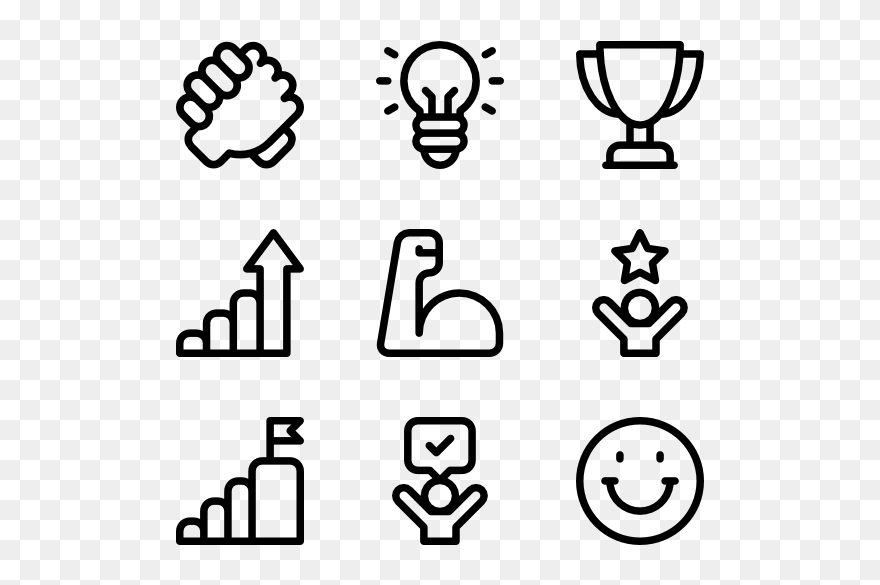Innovation and Behavioral Economics: Understanding Customer Decision-Making
When it comes to developing successful business innovations, understanding customer decision-making is crucial. A deep understanding of how customers think and what drives their choices can help entrepreneurs create innovative products and services that cater to their needs and preferences. In this article, we will explore the fascinating intersection of innovation and behavioral economics, and how it can be applied to enhance business development.
-
🧠 Understanding the psychology of decision-making is key to creating innovative solutions. By diving into the realms of behavioral economics, entrepreneurs can gain valuable insights into the cognitive processes that influence customer choices.
-
🕵️♀️ One important concept in behavioral economics is prospect theory, which suggests that people's decisions are influenced by the potential gain or loss they perceive. This theory can help entrepreneurs design products that appeal to customers' desire for positive outcomes while minimizing potential risks.
-
💡 Innovations that tap into customers' cognitive biases can be highly successful. For instance, the "anchoring effect" states that people rely heavily on the first piece of information they receive when making decisions. By strategically anchoring their prices or claims, businesses can shape customers' perceptions and influence their choices.
-
🤝 Understanding the power of social proof can also drive innovation. People tend to follow the behavior of others, especially in uncertain situations. By showcasing positive reviews, testimonials, or user-generated content, businesses can leverage social proof to influence customer decision-making.
-
🛒 Another crucial aspect of customer decision-making is the concept of choice overload. When faced with too many options, individuals often find it difficult to make a decision. Entrepreneurs can combat this by simplifying choices, offering personalized recommendations, or using algorithms to suggest relevant products or services.
-
🌟 Successful innovations often tap into customers' underlying motivations and desires. By understanding customers' emotional needs, entrepreneurs can create products and services that resonate with their target audience on a deeper level.
-
🚀 Innovation doesn't always mean reinventing the wheel. Sometimes, small tweaks or improvements to existing products or processes can make a significant impact. Understanding customers' pain points and addressing them can lead to innovative solutions that bring value to customers.
-
📱 Technological advancements have opened up new avenues for innovation. By leveraging emerging technologies such as artificial intelligence, virtual reality, or blockchain, businesses can create unique and engaging experiences that cater to customers' evolving needs.
-
🌍 Globalization has also created opportunities for innovation by exposing businesses to diverse markets and cultures. Understanding cultural nuances and adapting products or services accordingly can lead to successful innovations in international markets.
-
🗣️ Effective communication is vital in driving customer decision-making. By utilizing persuasive techniques and understanding how customers process information, businesses can effectively convey the value and benefits of their innovative offerings.
-
📈 Collecting and analyzing data is essential for understanding customer decision-making. By leveraging data analytics, businesses can gain valuable insights into customer behavior, preferences, and trends, which can inform innovation strategies.
-
🤔 As an entrepreneur, it's essential to continuously seek feedback from customers to understand their evolving needs and preferences. This customer-centric approach can drive innovation and help businesses stay ahead of the competition.
-
💯 Successful innovations often solve real problems or fulfill unmet needs. By identifying gaps in the market and developing solutions that address these gaps, entrepreneurs can create innovative products and services that have a higher chance of success.
-
🌱 Embracing a culture of experimentation and learning is crucial for fostering innovation. Encouraging employees to think creatively, take calculated risks, and learn from failures can lead to breakthrough innovations and continuous improvement.
-
🌟 In conclusion, understanding customer decision-making is essential for driving business innovation. By applying insights from behavioral economics and staying attuned to customers' needs, entrepreneurs can create innovative solutions that resonate with their target audience. So, how can you leverage these concepts to enhance your own business development strategy? What innovative ideas can you generate by understanding customer decision-making?







